In 1912, fisherman and Hunter, Leon Leonwood Bean, started from simple beginnings. Initially he was just selling one product out of a single room. He developed the Maine Hunting shoe, which combined leather panels with rubber soles to create a waterproof boot that was perfect for him, and other hunters and fishermen. Eager to get this amazing new shoe into the hands of hunters all over the USA, Leon Bean gathered lists of licenced hunters’ postal information, created catalogues detailing the product and its benefits, and began issuing them, creating one of America’s first nationwide mail order businesses. From here sales only grew. By 1946 sales were at $3.8 million, and by 1984 they had reached $237.4 million.
Whilst it started with boots, LL Bean has expanded into a whole range of outdoors and activities equipment alongside apparel, which has become the main source of sales for the company. LL Bean manufactures all over the globe, including in the USA. It also has over 50 retail stores and 10 retail outlets. One of LL Beans most famous policies is their unlimited returns policy. Until 2018, when they updated it, requesting that all returns be within 1 year and include and receipt of purchase.
Recently, the company has been embroiled in political controversy, with board member and descendant of the founder, Linda Bean, making significant contributions to Donald Trump’s campaign for presidency. Linda Beans donation was conflated with the company, and questions were raised about the company’s role support Trump. It is not clear if this affected sales. However, LL Beans reputation is generally good. They run outdoor discovery schools, where activities and educational programmes are offered to customers, such as archery, kayaking, climbing and more.
Iconic 80s LL Bean Advert featuring “The finest outdoor products”
How to tell if LL Bean is vintage from the logo
Unlike many of its compatriot brands such as The North Face, Arc’teryx and Patagonia, LL Bean has made few inroads into fashion and not cultivated the same rabid fanbase as these other brands. Nevertheless, LL Bean has enjoyed mass market success, and although they began as an outdoor clothing company, other sub categories of consumers have adopted the brand. In Japan, the LL Bean clothing became a desirable item that epitomised American culture, with a high quality and affordable price. LL Bean has also earned its reputation as preppy, with prep schoolers buying the apparel in their droves. Because of LL Beans strong global brand, nearly all LL Bean products include the logo on them. This mean we can compare the logo through time to help rule out specific eras that your vintage LL Bean could be from.
1920s to 1960s LL Bean logo
- The original LL Bean logo has been reverted to today with the slight change of less capitalisation, so many of you will immediately recognise it
- It uses a simple Cheltenham Bold Headline font, simply providing initials and Leon Bean’s second name
- It is monochrome
- This logo has become synonymous with LL Bean’s unlimited returns policy

1920s LL Bean logo
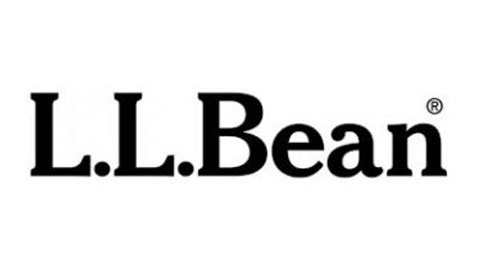
1920s to 1960s LL Bean logo
1950s to 1980s Script LL Bean logo
- The next LL Bean logo was wildly different and probably the biggest change in LL Beans logo history
- It is Leon Bean’s signature
- This was used on many tags at the time, but not all marketing materials
- It is monochrome
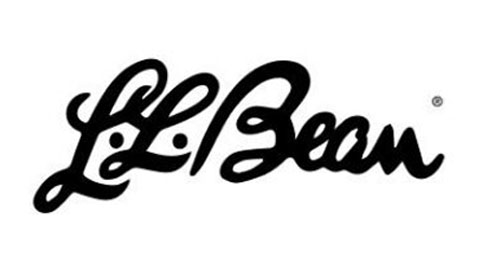
1950s to 1980s LL Bean logo
1980s to 2012 LL Bean logo
- LL Bean reverted to its original logo in the 1980s
- Other variations of the tags were also created in the 1980s
- The mountain LL Bean logo was created had the usual text logo with the silhouette of a mountain in the back
- Another logo was the ‘Sunrise over Katahdin’ tag in 1987, which can be seen at the bottom with a slightly thicket font and a colourful background

1980s LL Bean logo
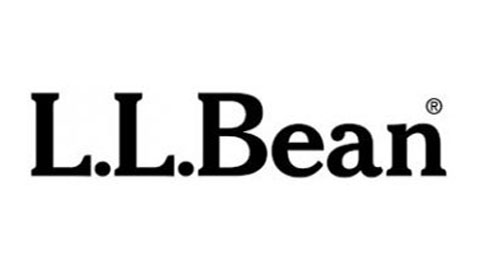
1980s to 2010s LL Bean logo
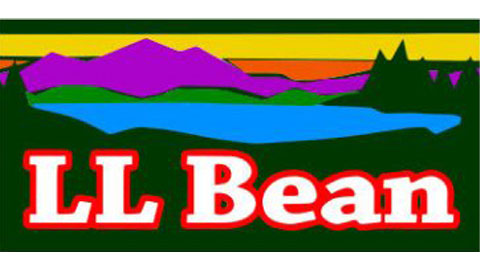
1980s LL Bean logo
2012 LL Bean logo
- To celebrate 100 years of success, LL Bean created the centennial logo
- It has the usual text logo on a scroll with 100 years written below it
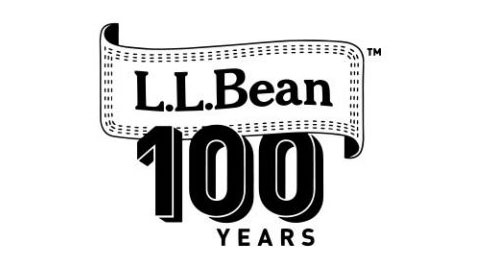
2012 LL Bean Centennial logo
2012 to now LL Bean logo
- The current LL Bean logo is a small change from its predecessor
- The font is almost the same, but with a thinner and slightly elongated look
- Carefully look at your LL Bean piece for this subtle difference to determine if it is from before 2012
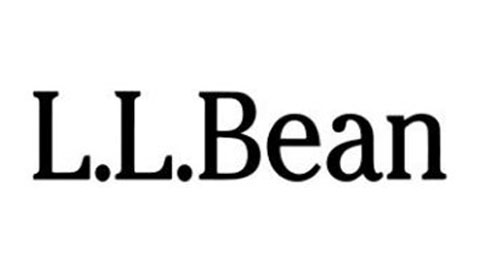
2010s to now LL Bean logo
How to tell if LL Bean is vintage from the neck tags
Whilst similar heritage brands like Eddie Bauer, Harley Davidson and Helly Hansen have enjoyed a fashion revival, LL Bean has been somewhat forgotten. Where LL Bean differs is its relentless focus on creating high quality, functionable and accessible products has allowed it to maintain strong sales and customer satisfaction. LL Bean has made customers happy for so long, that LL Bean tags can be found as far back as 1930. Whilst this list does not show every LL Bean tag ever made, by observing design patterns and applying some common sense rules, we can discover if your LL Bean is vintage.
One rule that can be applied to most legacy brands like LL Bean is the modern transition to printing tags on the inside of collars, instead of sewing in a fabric label. After receiving feedback that customers found the fabric tags irritating, most mass market manufacturers moved away from them. So, if your LL Bean has a tag printed on the neck it’s not vintage. Another rule is that products made in the USA, with less information about the product, tend to be vintage. Only in recent years has LL Bean expanded global production significantly and including more information about care and product materials. And finally, older tags tend to be fully sewn in on LL Bean products, and newer ones tend to have fabric labels that stick out.
Need assistance with your vintage tags? Submit a picture on our vintage tag identification page, and we’ll take care of it!
1930s vintage LL Bean tags
- Old tags included the logo and the location of the company, which became a recurring feature in future logos but often in a slightly different style
- You may notice these tags with the old logo are completely capitalised
- The tag is black with yellow writing and stitching
- It is completely sewn in

1930s LL Bean tags
1940s vintage LL Bean tags
- Other slight variations of the 1930s tags proliferated through the 1940s, with subtle changes such as the colour as can be seen on the right
- The tag on the left put an emphasis on LL Bean being trademarked
- It does not include the logo and instead is an oval with the company name and information written inside of it, with a red centre and navy background

1940s LL Bean tags
1950s to 1960s vintage LL Bean tags
- The 1950s saw the introduction of the LL Bean script logo
- These tags, like many of them until the 2000s, included the region LL Bean is located
- They would alternate between red writing on white backgrounds and yellow writing on black or navy backgrounds
- These tags didn’t include any information about sizing or materials used to manufacture the item

1950s to 1960s LL Bean tags
1970s to 1980s vintage LL Bean tags
- At this time LL Bean reverted to a version of its original logo
- The main difference in the logo is that the ‘ean’ and isn’t capitalised
- The tags mostly became white with red writing
- Still very little information was included on them

1970s to 1980s LL Bean tags
1980s vintage LL Bean tags
- A small change was made to the tags in the 1980s
- The inclusion of the tagline ‘Boat and Tote’ at the bottom became a common practice
- This refers to two of LL Beans most popular products, boat shoes and tote bags

1980s LL Bean tags
1990s vintage LL Bean tags
- The tag remained the same in most part
- The major update was the addition of the country of manufacture
- This was a response to many US companies moving production offshore, signifying their support for the US economy and manufacturing quality
- Loop tags were introduced, which is one of the first examples of the tags not being completely sewn in

1990s LL Bean tags
2000s vintage LL Bean tags
- LL Bean tags dropped reference to Freeport, Maine
- They would also include a new emblem, and the tagline ‘quality guaranteed’
- Many of these tags had sizing and other production information attached to them
- And they often have loop fabric tags

2000s LL Bean tags
2010s vintage LL Bean tags
- These tags started to reflect the thinner, newer LL Bean logo, although the change is very subtle
- They also began being printed on, especially for t-shirts, sweatshirts, and other light upper body clothing

2010s LL Bean tags
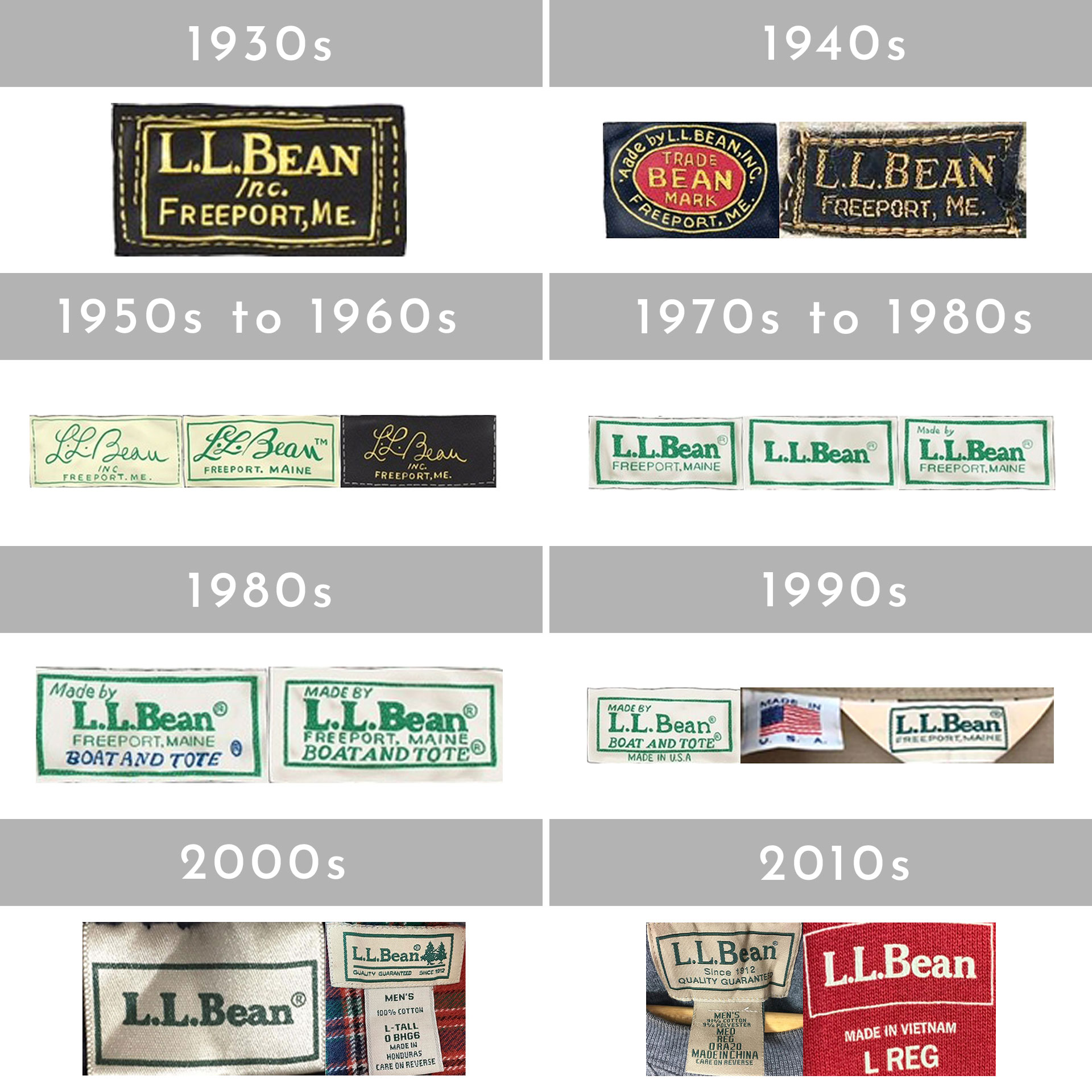
Vintage LL Bean tags through the years
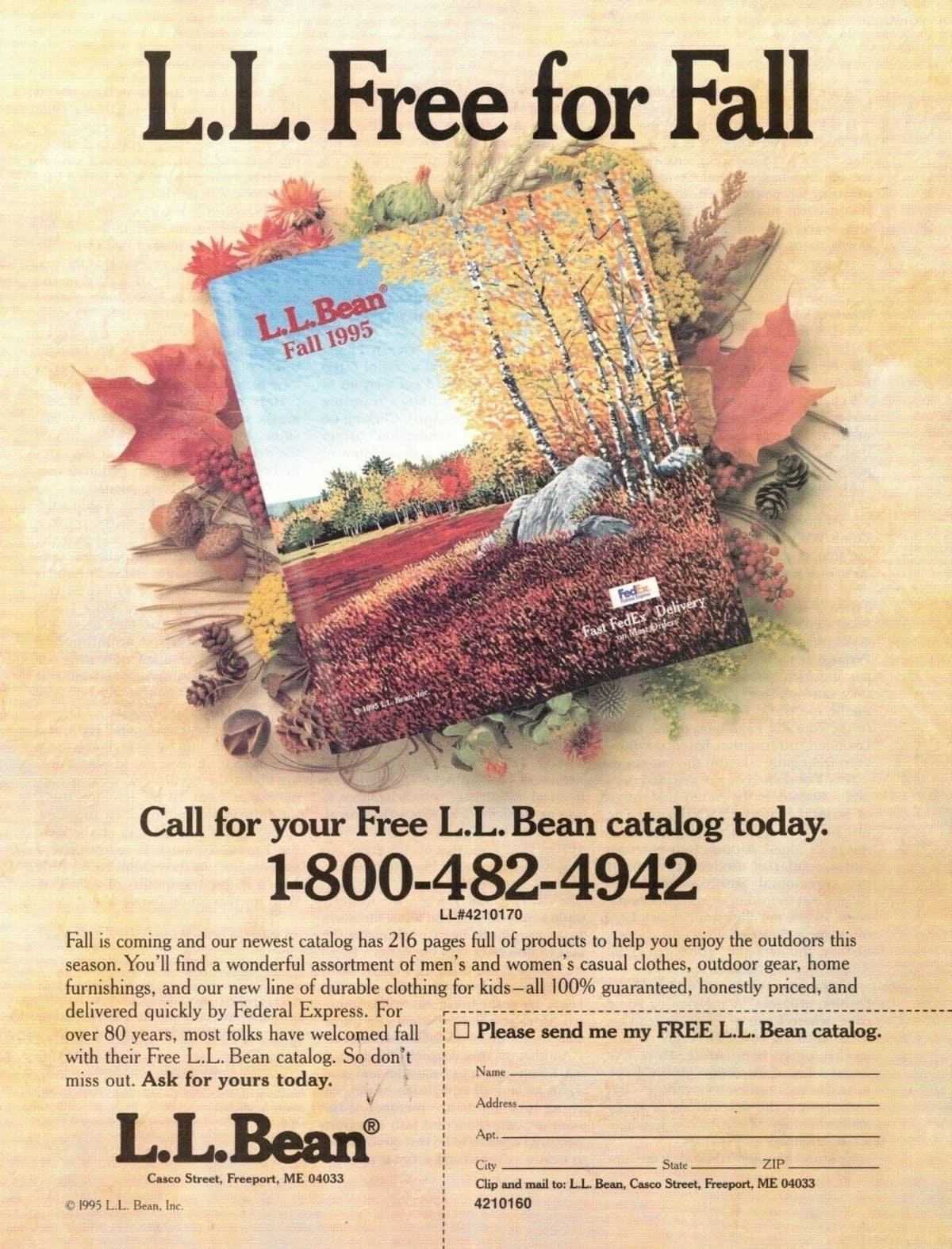


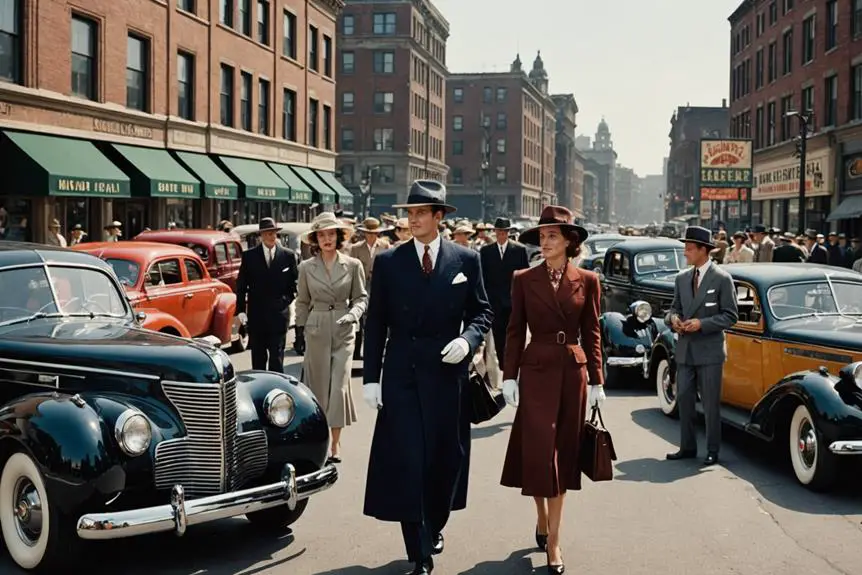
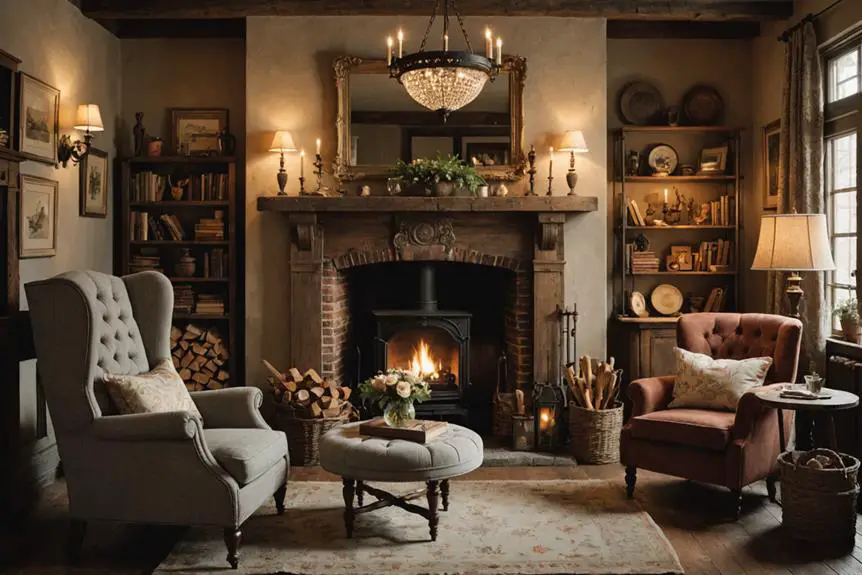
What you wrote was actually very reasonable. But, think about this,
suppose you added a little information? I am not suggesting your information is not solid.,
but what if you added a post title to maybe grab folk’s attention? I mean How
to tell if LL Bean is vintage: Logos, Tags & Tips – VCG is
a little boring. You might peek at Yahoo’s home page and watch how they create
post titles to grab viewers to click. You might add a related video or a pic
or two to grab readers excited about everything’ve written.
In my opinion, it would make your blog a little livelier.
It’s an awesome paragraph in support of all
the web viewers; they will take benefit from it I am sure.
It’s remarkable to pay a visit this web site and reading
the views of all colleagues regarding this post,
while I am also zealous of getting familiarity.
Hi there, this weekend is nice in support of me, since this point in time i am reading this great educational paragraph here at my house.
15025 508525Magnificent beat ! I would like to apprentice whilst you amend your web site, how could i subscribe for a weblog website? The account helped me a appropriate deal. I had been just a little bit acquainted of this your broadcast provided brilliant transparent concept 974698
Somebody essentially assist to make critically posts I would state. That is the first time I frequented your website page and to this point? I amazed with the research you made to make this actual put up amazing. Magnificent task!